Every year offers opportunities to pour out sparkling cava wine from birthdays to weddings and everything else in between. But what is cava wine? Here are the things that you should know about cava wine.
What is cava wine?
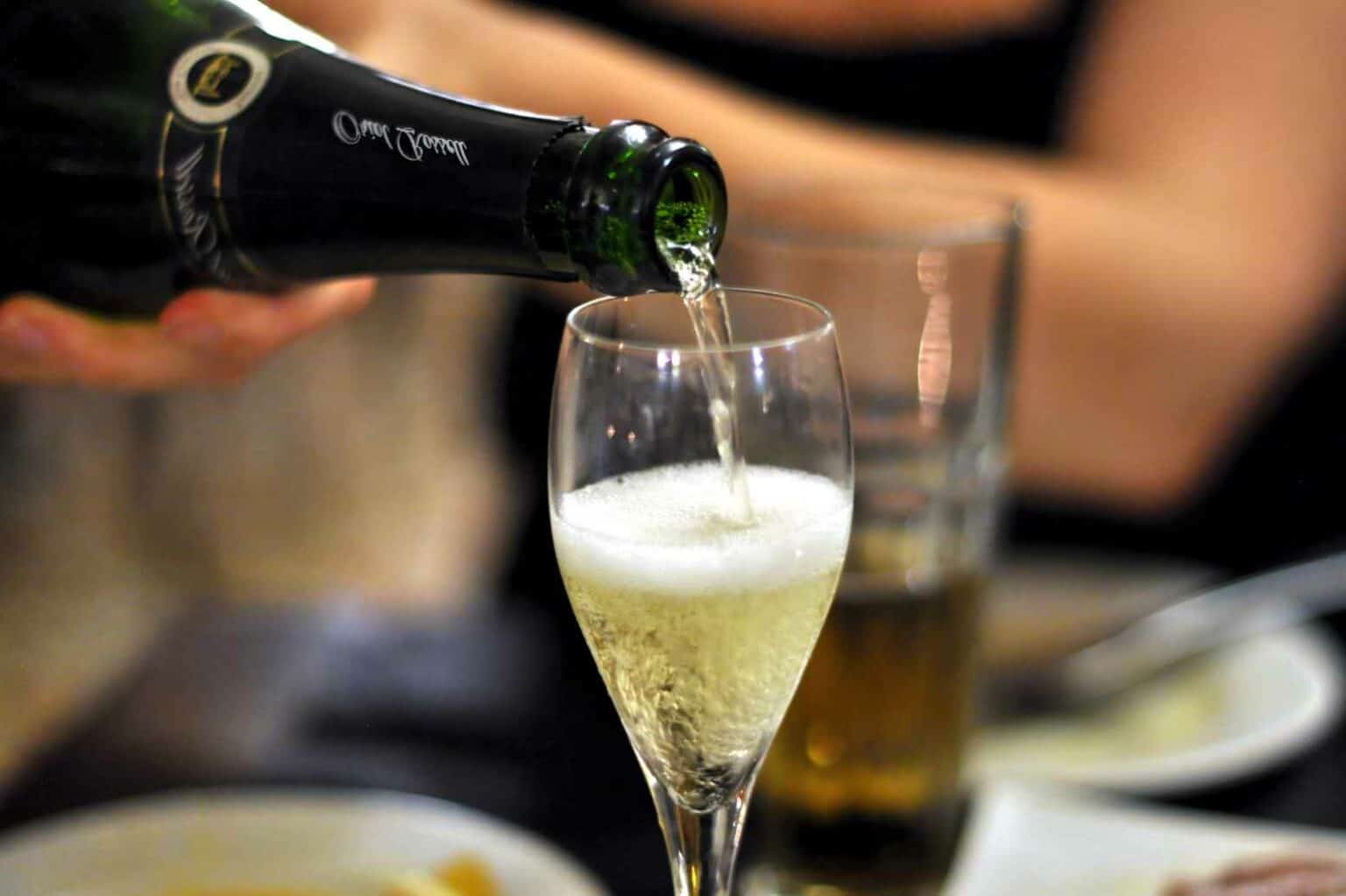
Perhaps you’ve heard of the word “Cava,” or perhaps not. But do you remember the famous black and gold champagne bottle you often see at New Year’s Eve parties? You must have sipped on a glass of it at some time. That’s Cava!
One of Spain’s most well-known wines is Cava, a famous sparkling wine. The word “cave” in Spanish, which refers to the wine-aging caves, is where the name “cava” originates.
For a wine to be called Cava, it must come to have a denomination of origin (DO) status and go through a second fermentation in the bottle.
The denomination of origin is the official classification of cava. You can be a producer of cava anywhere in Spain. But Penedes and Ebro River valley are the most famous places to make cava.
The minimum aging period for Cava is nine months, with extended maturing periods resulting in a wider variety of nuances, aromas, and flavors. Cava is split into four categories depending on how long the fermentation is. These categories are:
- Cava (minimum of 9 months aging)
- Cava Reserva (minimum of 15 months of aging)
- Cava Gran Reserva (minimum of 30 months of aging)
- Cava de Paraje Calificado (minimum of 36 months of aging)
Additionally, there are also different types of cava wine according to its sugar levels.
- Cava Brut Nature
- Cava Extra Brut
- Cava Brut
- Cava Extra seco
- Cava seco
- Cava Semi Seco
- Cava Dulce
You should know much more about the categories and types of cava wine. But all these categories are of high standards and flavors.
History of Cava
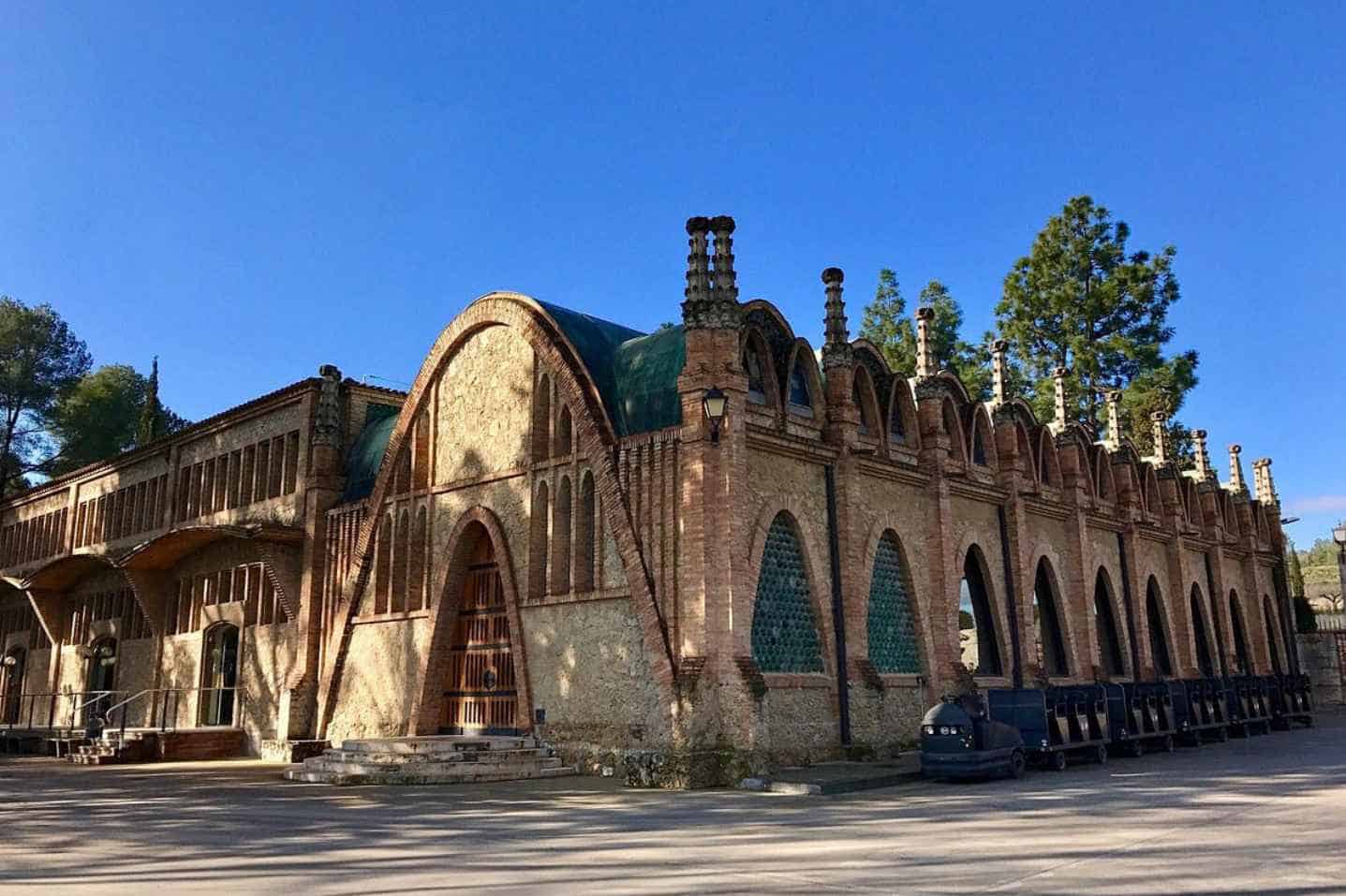
Cava is a Spanish sparkling wine commonly made in Catalonia. The northern Spanish region of Catalonia. But Cava can’t be called the Spanish version of champagne because the European Union protects French drink.
Cava is now a major element of Catalan and Spanish family traditions. It is most likely to be served on special occasions, from weddings to celebrations, and is especially well-liked around Christmas. You can see it when you travel to Spain during this time.
Josep Raventós was the first person to make cava in 1872. He brought the méthode champenoise from France.
In 1887, the phylloxera plague hit the Penedés region, killing most of the grapes grown there. It led to the return of several grapevines and the planting of new varieties, including a large number of white grapes. This replanting is what gave cava its style and made it different from champagne.
In 1972, The Consejo Regulador de Los Vinos Espumosos was founded due to the cava and champagne conflict reaching its height.
To resolve the conflict with France, the authority chose to refer to Spain’s sparkling wine as “cava.” Although the directors of both countries’ wine agencies assert that they are separate organizations, cava has since emerged as Champagne’s main competitor.
A group of Catalan winemakers and producers put out effort, creativity, and innovation that led to the creation of cava. They decided to start over after the terrible phylloxera outbreak during the middle of the 19th century.
Today, everyone who enjoys a toast or a celebration with this sparkling wine continues to benefit from the pioneers’ hard work in the wine industry. Because of the perseverance and rigor of today’s Cava producers, these wines get better every year in terms of both quality and reputation abroad.
What are the characteristics of good cava?

With zesty citrus flavors, a unique minerality, and sharp acidity, Cava is a light to medium-bodied, often dry sparkling wine.
Cavas aged for longer on the lees tend to develop a lovely baked apple flavor and a distinct sweetness. The bubbles are extremely fine and create a beautiful mousse that contributes to a silky and smooth mouthfeel.
The predominant flavors are lemon/lime quince, almonds, and tart apples. Other flavors include brioche, fig, and an earthy minerality.
The majority of Cava is not vintage, meaning it is a mix of wines from different vintages. The fine bubbles of Cava are the same as Champagne since both come from the traditional method.
Most people know Cava as a simple, aromatic appetizer. But more winemakers are now aging their wines. Vintage wines and Cava with lees aging have a lot of body and baked apple and almond flavors.
Also, Cava’s flavor profile is between sweet Prosecco and dry Champagne. Cava has a deep and strong flavor and is typically less acidic than Champagne. Cava can taste fruity and have strong overtones of citrus and other Mediterranean fruits, depending on how old it is.
How is cava wine made?
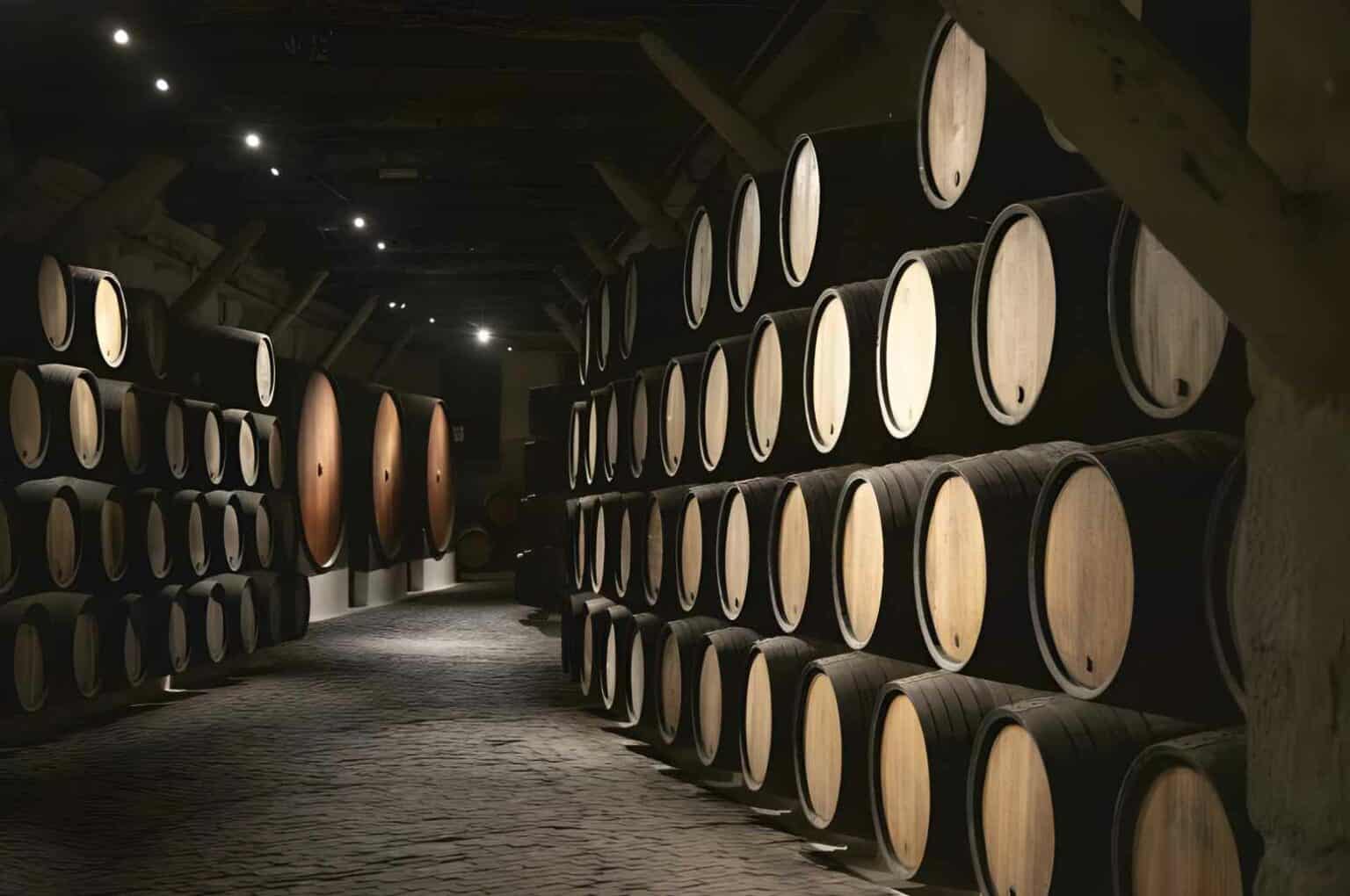
If there is one thing that distinguishes Cava from most sparkling wines, it is the production method. By gaining more knowledge and technological advancements, the process is now improved.
However, one aspect of the vineyard, quality viticulture, and the so-called traditional method, which gives Cava its traits and is one of the secrets to its excellence, remain unchanged.
Using the “Traditional Method,” also referred to as the “Méthode Champenoise” or “Méthode Classique,” is the secret to making quality Cava wine.
Method 1: Harvesting the best grapes.
Method 2: Press the grapes to extract the juice.
Method 3: First fermentation to make the base wine.
Method 4: Blending the different base wines or coupage.
Method 5: Bottle the blend of base wines and add tirage liqueur.
Method 6: Second fermentation or aging on the lees.
Method 7: Riddling is turning and tilting the bottle gradually.
Method 8: Disgorgement is collecting the sediments into the bottle.
Method 9: Dosage or expedition liqueur to replace the lost liquid during disgorgement.
Method 10: Adding the final cork crown cap and wire cage.
What are the best grapes to make cava?
The soil, climate, and types grown all contribute to the characteristics of cava. The grapes used to manufacture cava are carefully selected to ensure the best flavors for the wine.
For White Cava Wine:
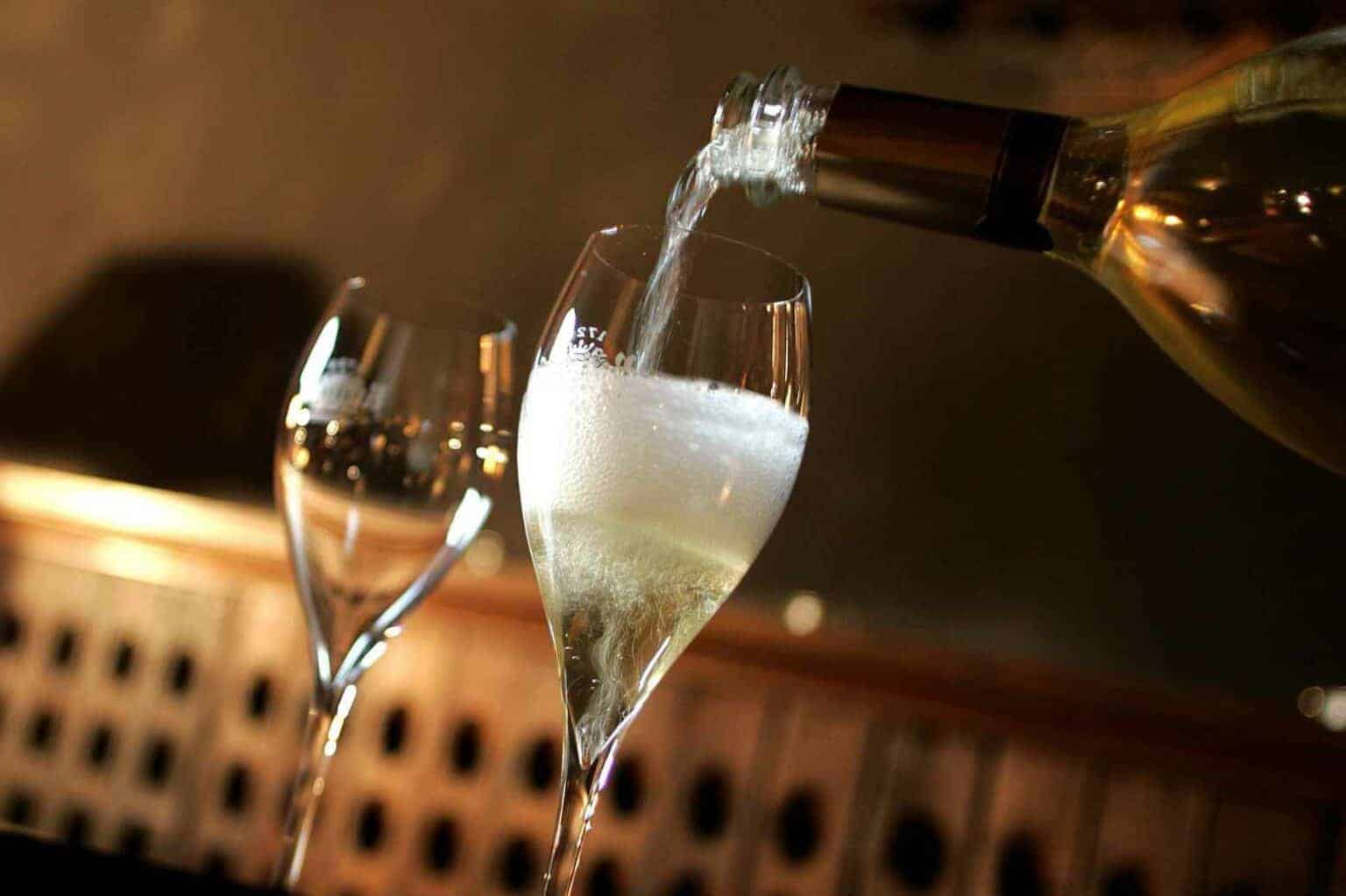
Macabeo
This grape variety makes white Cava and is usually blended with a traditional coupage of Macabeo, Xarel-lo, and Parellada. Macabeo gives Cava life, freshness, and fruitiness. Its wines contain subtle aromas and well-balanced acidity.
Xarel-lo
Producers of Cava appreciate this variety because it gives the wines more body, structure, and freshness while extending their longevity. The percentage of Xarel-lo in long-aged Cavs ensures a balance of coupage.
Parellada
This variety is aromatic and has excellent quality potential. Parellada creates delicate, fruity, well-structured wines that give the Cavas finesse, smoothness, and liveliness.
Chardonnay
This grape variety yields well-balanced wines with body and aromas, outstanding mouth-feel, and delicate scents. The early harvest of this grape is necessary for producing Cava because of its high sugar and potential alcoholic content.
Subirat Parent
While they tend to oxidize and turn golden with age, this type makes wines that have structure, are fresh, and have an excellent fragrant composition. These wines also get more complicated as they mature. The ideal alcohol percentage for Cava is between 10.5% and 11.5%, and the acidity is moderate in Subirat Parent.
For Red Cava:
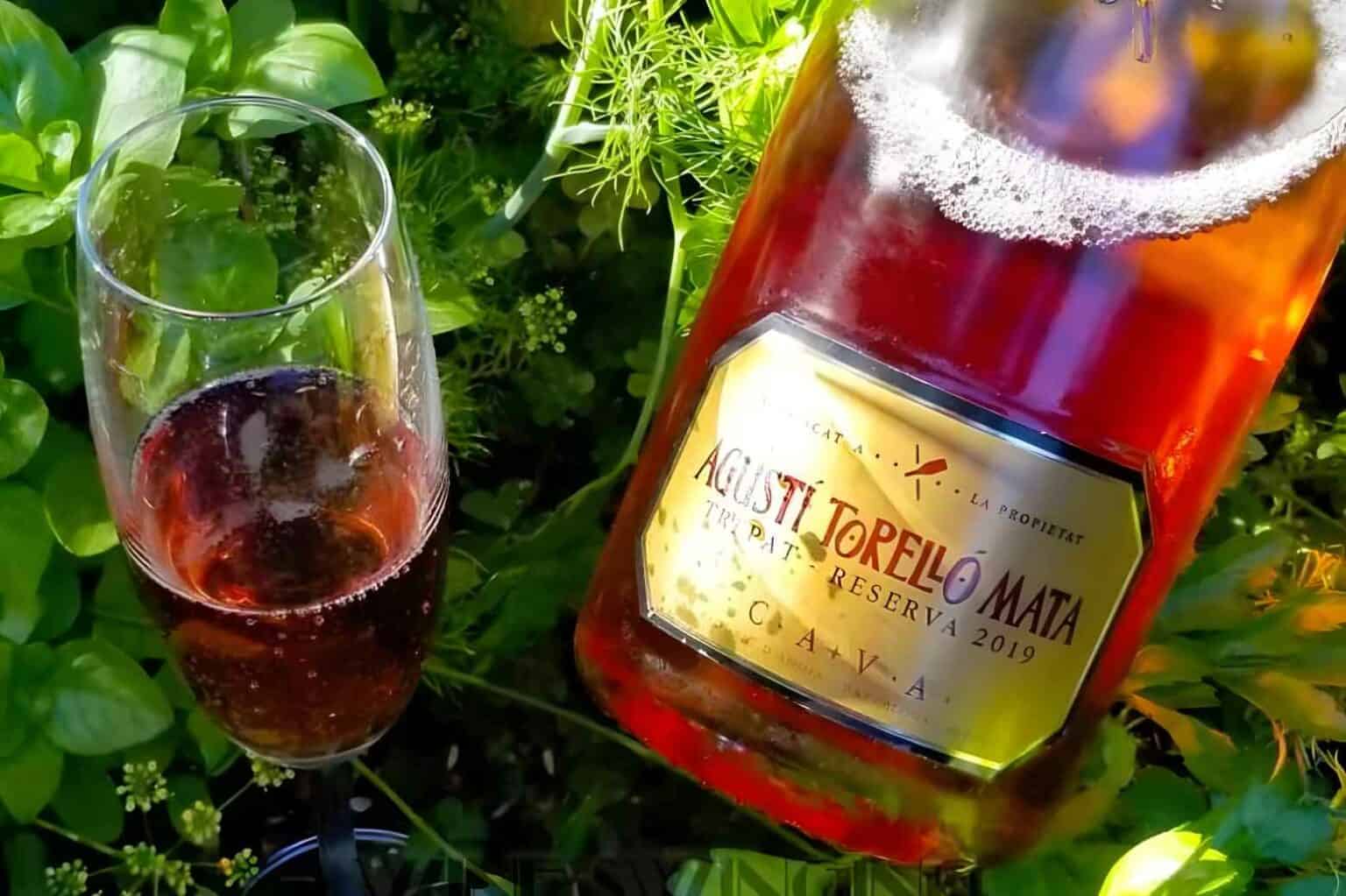
Garnacha
Producers also use red Garnacha to make all sorts of Cava, whether white or rosé. It is important to note that for rose Cava the base wines are made from a minimum of 25% of the grapes that come from red varieties.
Trepat
This type is perfect for producing intensely colored, moderately alcoholic, and acidity-balanced rosé Cavas. Trepat makes Cavas that are refined, subtle, and exquisite.
Pinot Noir
This cultivar makes fruity, aromatic, low-tannin wines. Pinot Noir boasts the crown of foam, bubbles, texture, color, and aromas of the wine. It can be vinified as a white wine if the pressing process is gentle and removes the skin from the must.
The skin and must of this grape must be macerated for a few hours during the vinification process to remove the coloring agent that gives this Cava its reddish color.
Monastrell
Producers also use Monastrell to make some base wines, both white and rosé. However, it is common to use this grape to make rosé Cavas.
What foods can you pair with cava?
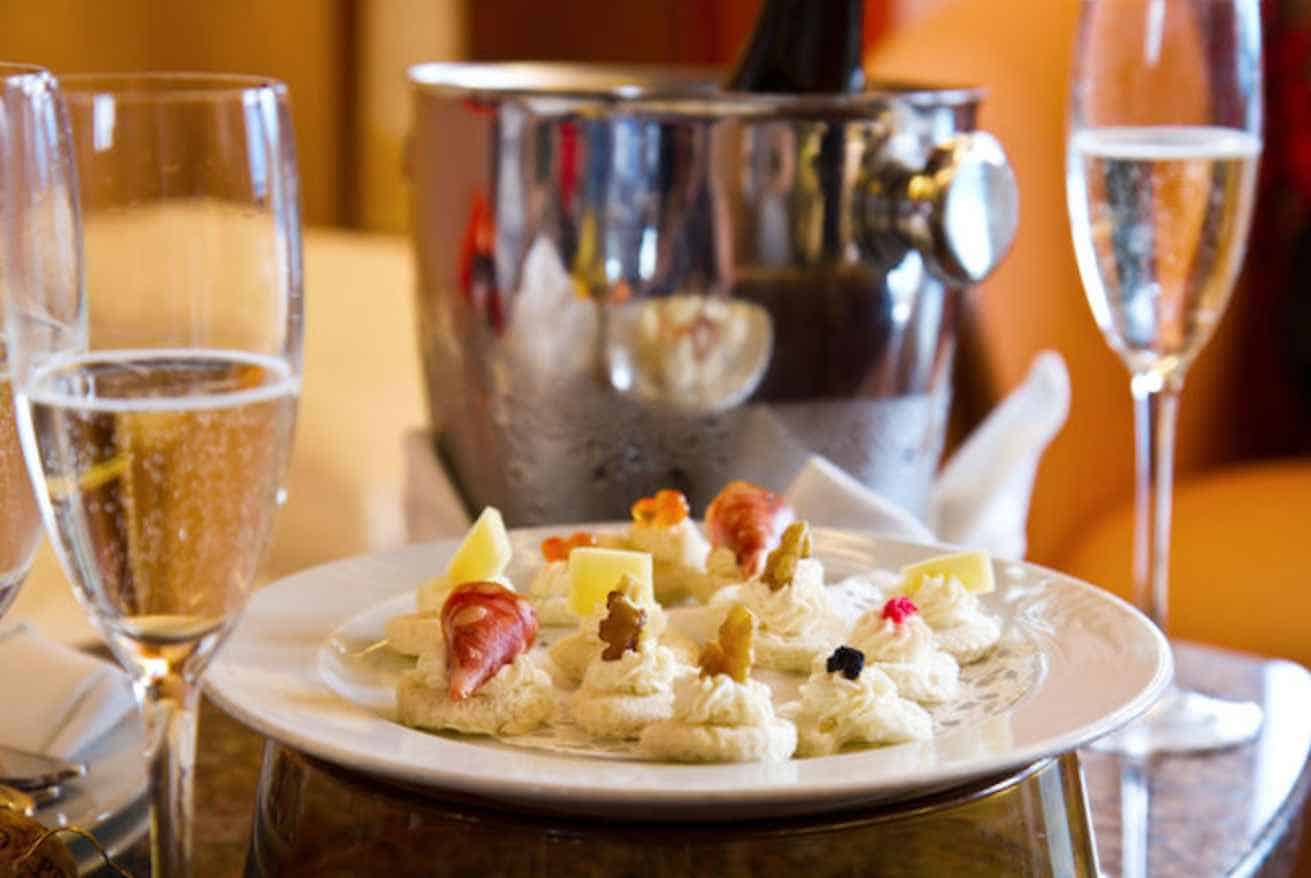
Cava is a Spanish sparkling wine that goes well with various foods. It includes seafood, fish, ham, and different tapas. And you better try serving cava with the foods on this list.
- Oysters
- Scallops
- Salmon
- Shrimps
- Anchovies
- Artichokes and asparagus
- Fried chicken
- Ceaser salad
- Paella
- Cheese
- Creamy sauces
- Tapas
- Chicken pasta
- Grilled vegetables
- Citrus fruits
- Kiwi and berries
Summary
Many people thought cava and champagne were the same. But it is important to note that champagne uses “Méthode Champenoise,” while cava uses the “traditional method.”
Now that you know what is cava wine, you can enjoy this bubbly and flavorful wine. So let’s pop a bottle of cava and cheers!
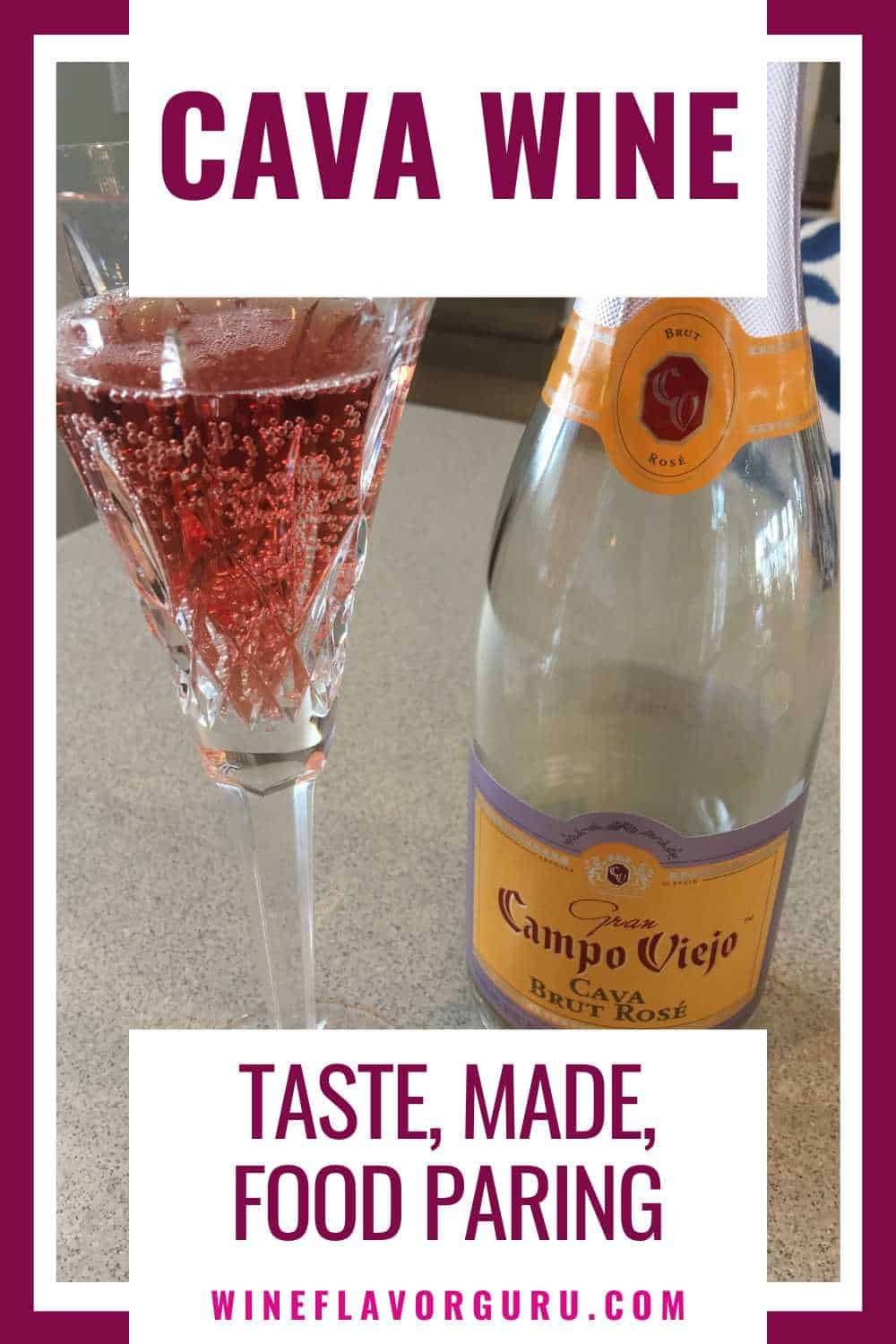

George Moore, co-founder of Wine Flavor Guru, is a charismatic entrepreneur with a rich background in California’s wine industry. Alongside Sylvia, he transformed a Sonoma County vineyard into a source of premium wines. George’s expertise in sourcing exceptional grapes and his approachable style make wine appreciation both accessible and engaging.
